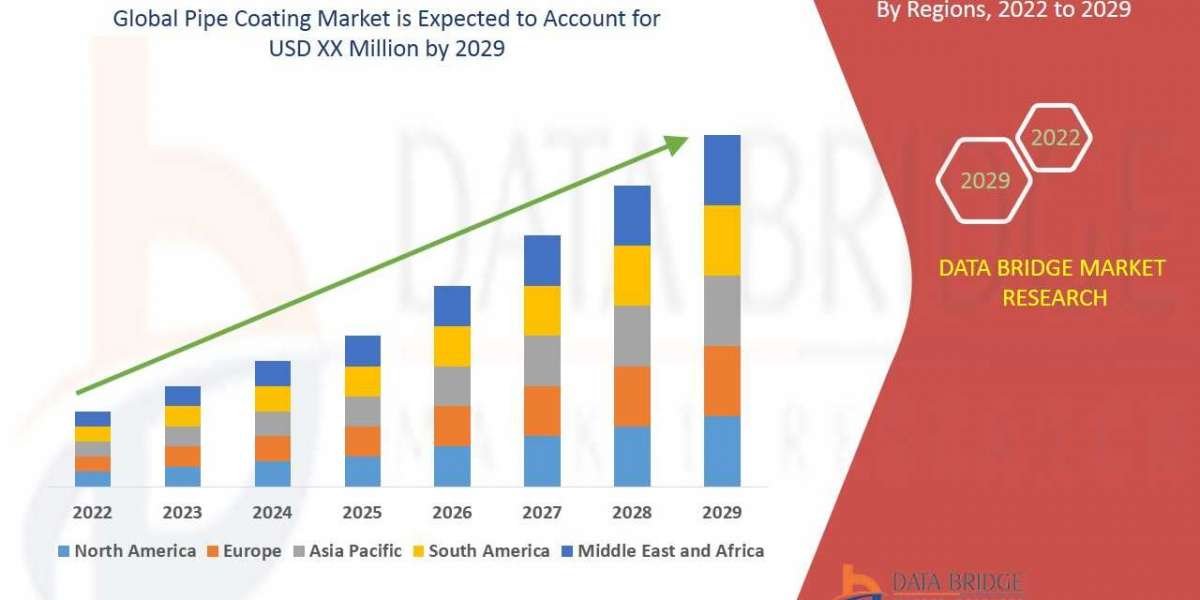Choosing between CNC machining and injection molding depends on multiple factors—part complexity, production volume, cost, lead time, and material requirements.
Each process offers distinct advantages, and selecting the right one can directly affect your product’s performance, budget, and time-to-market.
This guide compares CNC machining and injection molding across critical criteria to help engineers, product developers, and procurement managers make informed decisions.
What Is CNC Machining?
CNC (Computer Numerical Control) machining is a subtractive manufacturing process that uses computer-controlled tools to remove material from a solid block, creating precise components.
Key benefits:
No tooling required for production
Tight tolerances and excellent surface finish
Suitable for metals, plastics, and composites
Low- to mid-volume production flexibility
Ideal for rapid prototyping and functional testing
CNC milling is a common operation in this process and is supported by many advanced CNC milling services that deliver high-precision parts with fast turnaround.
What Is Injection Molding?
Injection molding is a manufacturing process where molten plastic is injected into a custom-designed mold cavity.
Once cooled and solidified, the part is ejected from the mold. This cycle repeats rapidly for mass production.
Key benefits:
Very low cost per unit at high volumes
Excellent repeatability
Suitable for complex geometries
Wide variety of thermoplastic materials
High production efficiency after mold setup
Injection molding is widely used in consumer goods, medical disposables, automotive interiors, and packaging.
Key Comparison: CNC Machining vs. Injection Molding
| Factor | CNC Machining | Injection Molding |
|---|---|---|
| Tooling Requirement | No molds needed | Custom steel or aluminum mold required |
| Setup Time | Low (hours to 1 day) | High (2–6 weeks for tooling) |
| Per Unit Cost | Moderate–High (especially at low volume) | Very low (after tooling investment) |
| Lead Time to First Part | 2–5 days | 4–8 weeks |
| Material Options | Metals, plastics, composites | Thermoplastics only |
| Surface Finish | Excellent (Ra 1.6 µm) | Mold-defined (requires polishing) |
| Tolerances | ±0.01 mm or better | ±0.05 mm typical |
| Part Complexity | Limited by tool access and cutting | Supports complex internal features |
| Volume Suitability | Low to mid (1–500 units) | High (1,000–1,000,000+ units) |
When to Choose CNC Machining
CNC machining is best when:
You need a small batch of parts for prototyping or pre-production
Tolerances are critical for mating or mechanical components
Materials like aluminum, steel, or PEEK are required
Design changes are frequent and molds would be costly to update
Lead time is tight and you need parts fast
CNC is commonly used in aerospace brackets, surgical tools, metal enclosures, and functional prototypes that require strength and precision.
When to Choose Injection Molding
Injection molding is best when:
Your production volume exceeds 1,000 units
Per-part cost needs to be as low as possible
The material is plastic, such as ABS or polycarbonate
You can afford the upfront investment in tooling
You want automated, high-speed production with minimal labor
Molded parts are common in consumer electronics, kitchenware, medical disposables, and car interiors.
Tooling Cost: A Major Difference
One of the biggest differences between the two processes is tooling investment.
CNC machining requires no mold; parts are cut directly from material stock
Injection molding requires a custom mold, typically costing $5,000–$50,000 depending on complexity, part size, and material
If you’re only producing 100 parts, the mold cost makes injection molding impractical. CNC offers a better ROI at lower volumes.
Material Considerations
Material options can also drive your decision.
| Material Type | CNC Machining Compatible | Injection Molding Compatible |
|---|---|---|
| Aluminum, Steel | ✅ | ❌ |
| PEEK, PTFE | ✅ | Limited |
| ABS, Nylon, PC | ✅ | ✅ |
| Acrylic | ✅ | ✅ |
CNC machining allows you to create parts from functional, structural materials often not suitable for molding. This is important when strength, thermal resistance, or biocompatibility is essential.
Design Complexity and Tolerance
Injection molding supports more intricate geometries and internal features due to the use of cores and inserts in the mold design. However, tight tolerances are more challenging due to material shrinkage and mold wear.
CNC machining offers much better precision, which is crucial for parts like:
Engine components
Sealing surfaces
Custom connectors
Precision tooling fixtures
Speed and Flexibility
Need it fast? CNC machining delivers parts in a few days. Design changed? Just revise the CAD file—no new tooling needed.
Injection molding, while incredibly fast at high volume, has a longer lead time to the first part. Any design change after tooling is created adds significant cost and delay.
Hybrid Approach: CNC for Prototypes, Molding for Production
For many manufacturers, the ideal strategy is a hybrid approach:
Use CNC machining for rapid prototyping, functional testing, and pre-production
Finalize the design and tolerances using CNC iterations
Invest in injection mold tooling only when the design is frozen and production scale justifies the cost
This approach ensures that your mold is right the first time, minimizing costly changes and ensuring a faster path to mass production.
Cost Example: 500 Units
Let’s assume you need 500 functional parts for testing or low-volume delivery:
| Process | Setup Cost | Unit Cost | Total Cost |
|---|---|---|---|
| CNC Machining | $0 | $35–$50 | ~$20,000 |
| Injection Molding | $10,000 | $3–$5 | ~$12,500 |
At this scale, CNC may be more expensive, but offers faster delivery and no tooling risk. Once volume reaches 1,000+ units, injection molding becomes more economical.
Summary: Which Is Best for Your Part?
| If You Need... | Choose This Method |
|---|---|
| Fast turnaround | CNC Machining |
| No tooling cost | CNC Machining |
| Complex plastic part at high volume | Injection Molding |
| Precision tolerances | CNC Machining |
| Lowest cost per part (1k+ units) | Injection Molding |
| Metal or composite materials | CNC Machining |
| Design flexibility and iteration | CNC Machining |
Final Thoughts
There’s no one-size-fits-all solution—each method has its strengths.
CNC machining offers unmatched speed, precision, and material variety for prototypes and low volumes. Injection molding excels in cost-efficiency and scalability for plastic parts.
If your priority is precision, speed, and flexibility, CNC is your best option. When high volume and repeatability matter most, injection molding becomes the smarter long-term investment.
Before making your decision, consult a provider that understands both technologies and can guide you through hybrid workflows when necessary.
To explore precision part production or prototyping options, check out our full CNC milling services for expert support and rapid turnaround.














